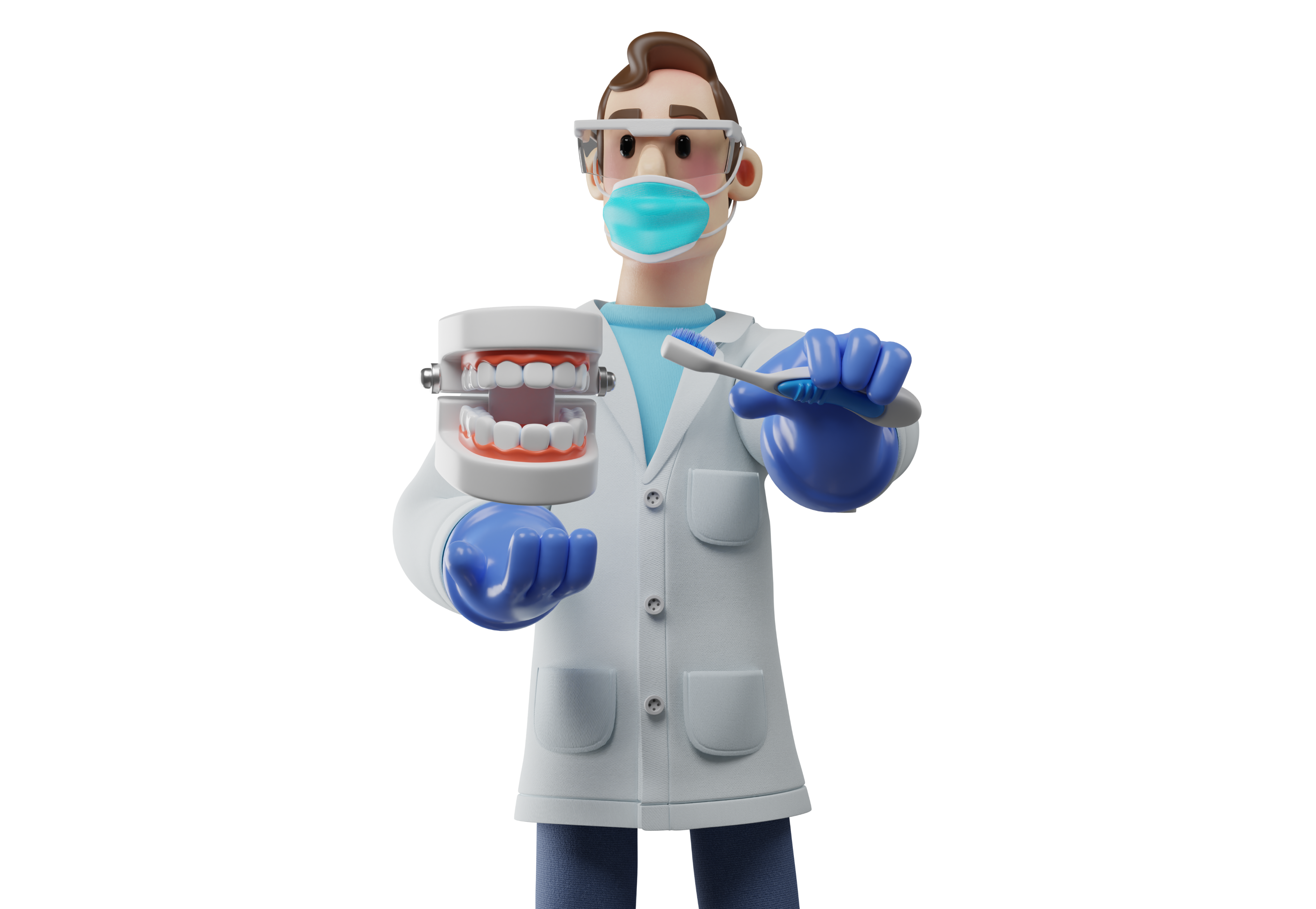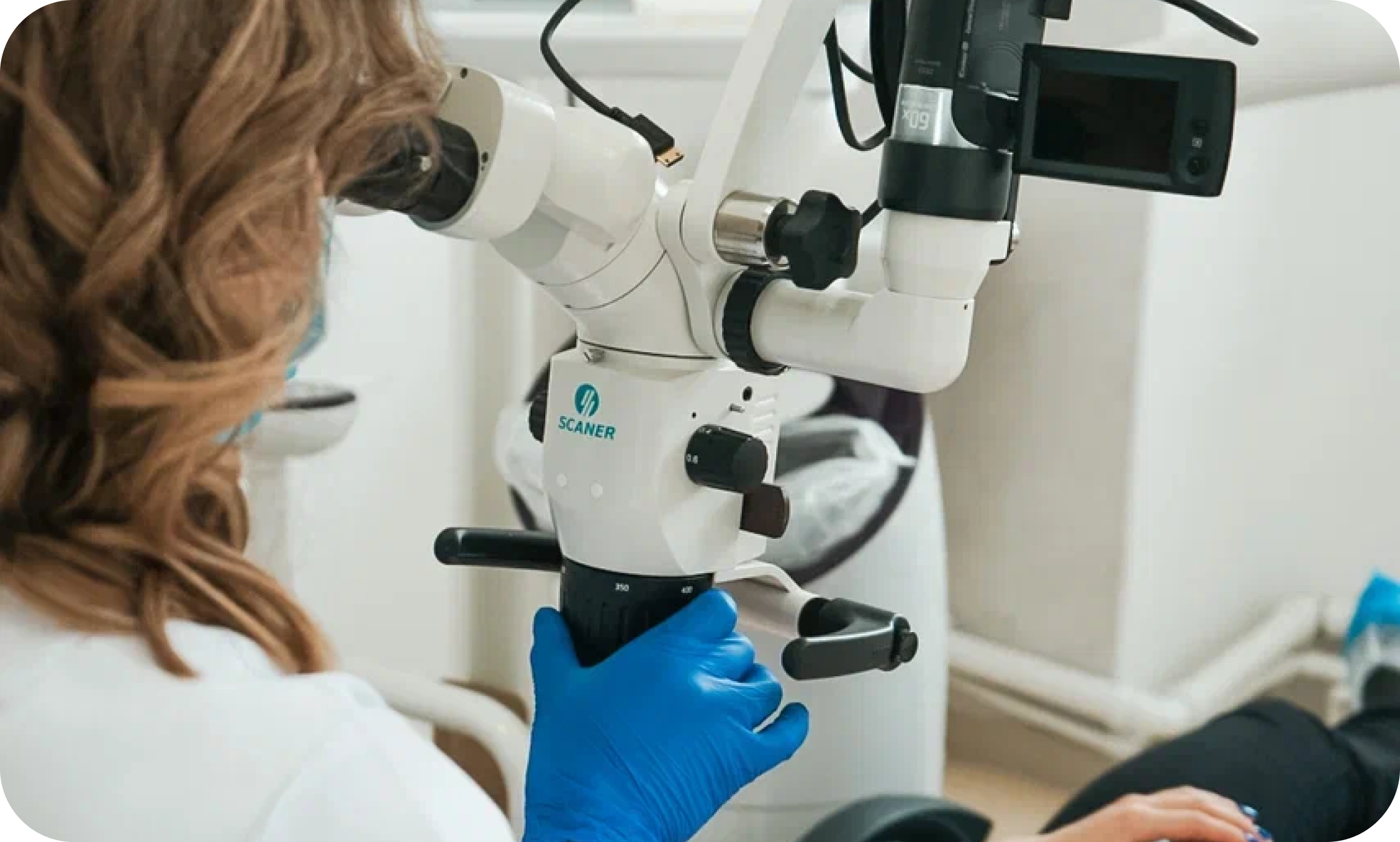Красивая улыбка с комфортом
В нашей стоматологии доступна удобная опция оплаты с помощью рассрочки от банков Kaspi и Halyk!

Оцените пожалуйста нашу работу!
Оставьте отзывО клинике
Клиника Astana Dent начала свою историю с создания стоматологической клиники челюстно-лицевым хирургом, врачом-стоматологом кандидатом медицинских наук Амангельды Каюповичем Каюповым в 2001 году в городе Уральск. В 2014 году открыта вторая Клиника в городе Астана и на сегодня является одной из ТОП-овых стоматологических клиник.


Наша Стоматологическая клиника предоставляет широкий спектр медицинских услуг, включая терапию, эндодонтию, хирургию, имплантологию, ортопедию, ортодонтию, профессиональную гигиену, 3D диагностику. Клиника оснащена самым современным высокотехнологичным медицинским оборудованием, позволяющее проводить лечение максимально точно, безболезненно и сократить длительность лечения.
Наши специалисты
Партнеры
Отзывы
Контакты
Приходите на прием – осмотрим и составим план лечения бесплатно
Адрес
ЖК «Highvill», блок Е-2-4, проспект Р.Кошкарбаева 10, НП — 22
Телефон
+7 (777) 400-07-76